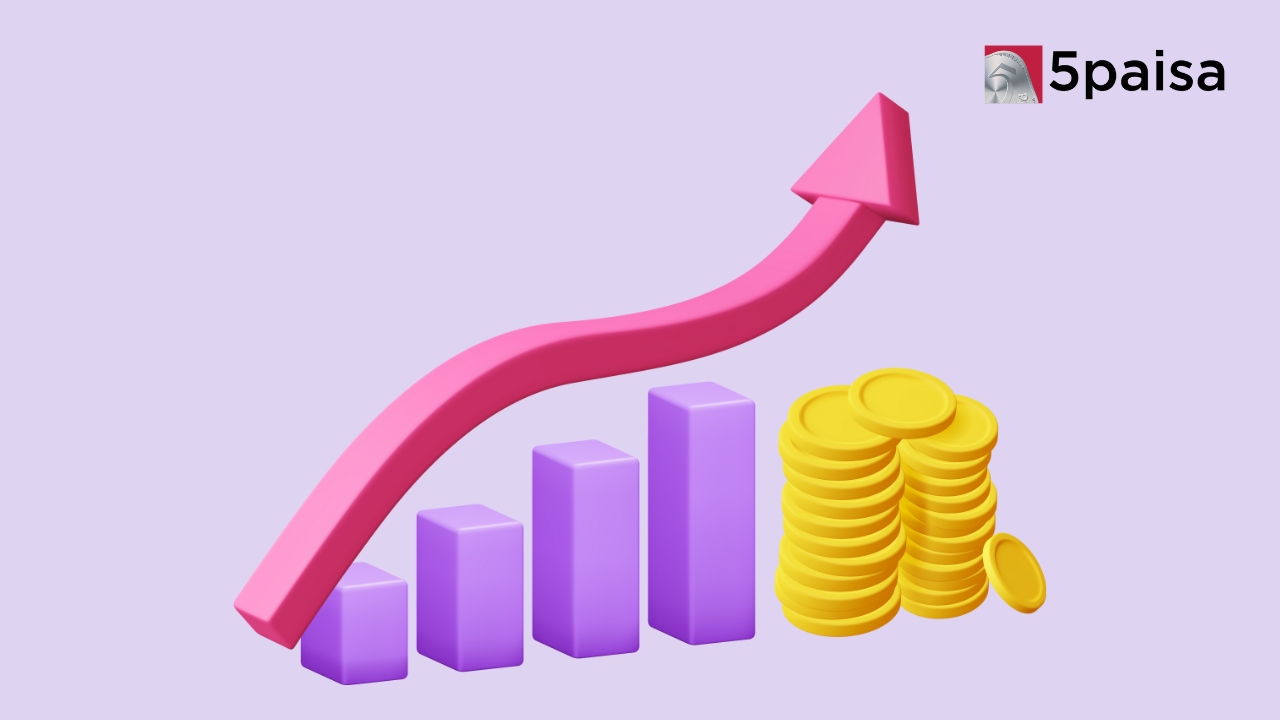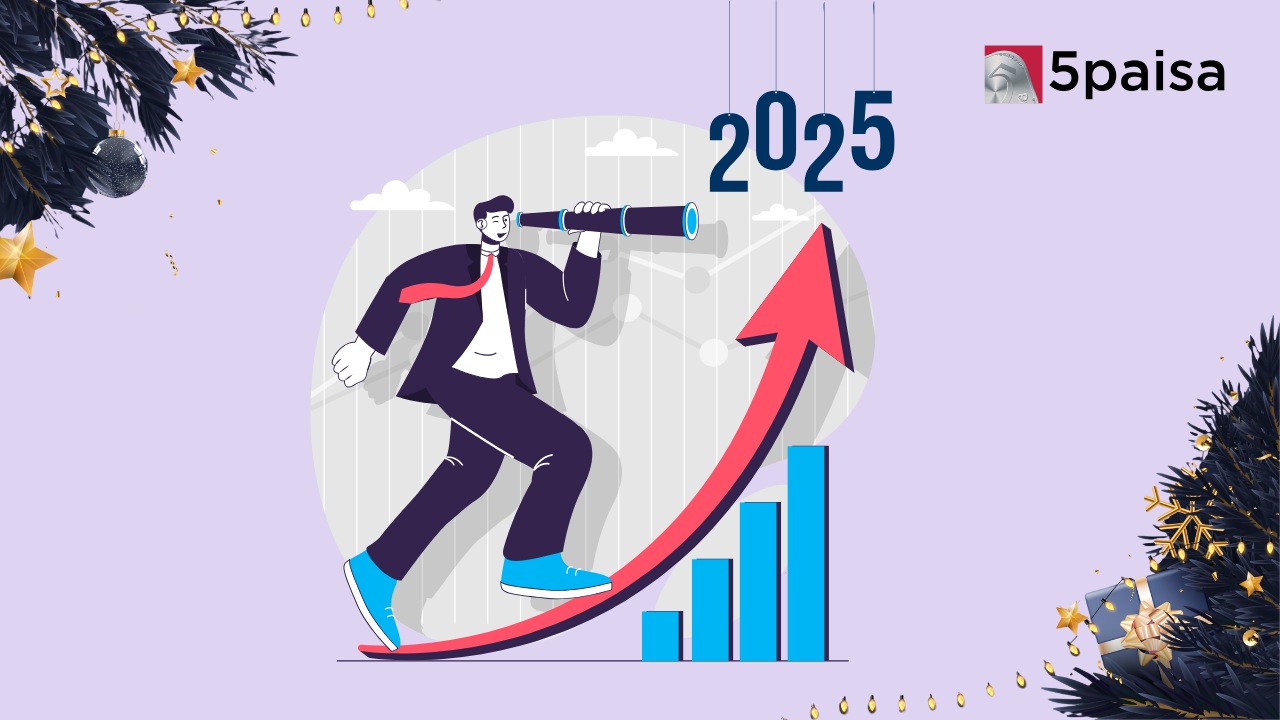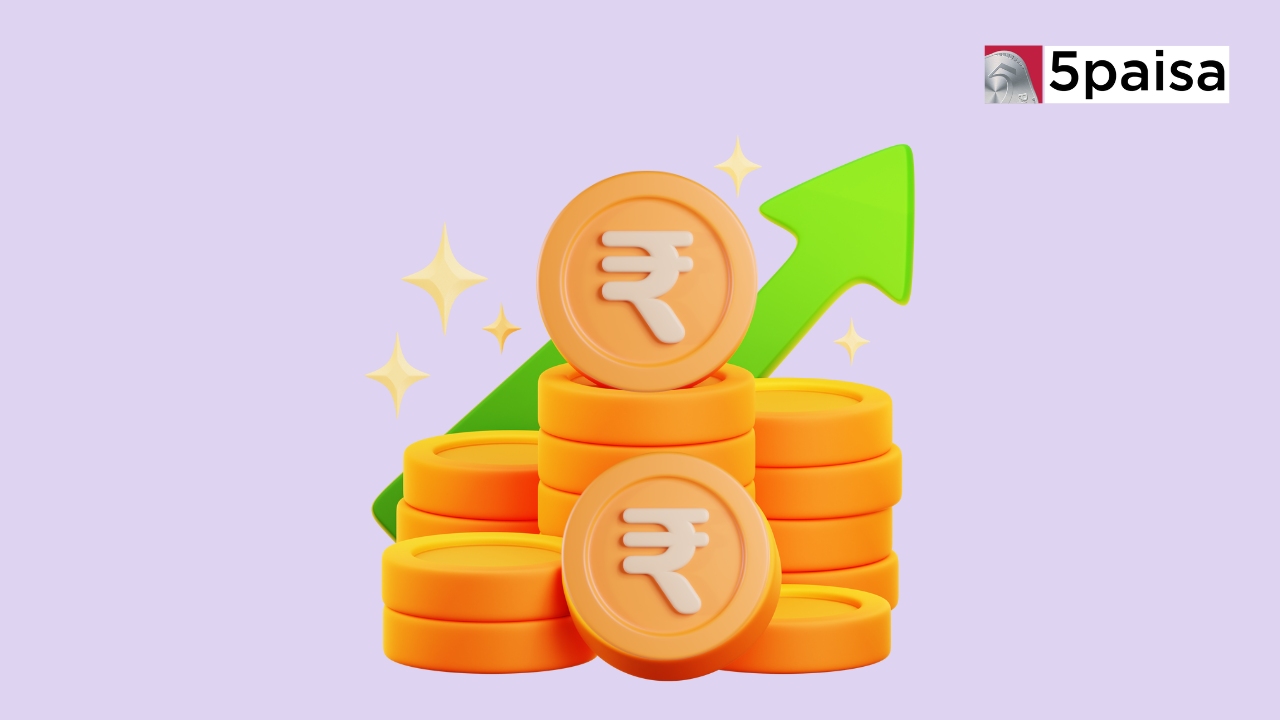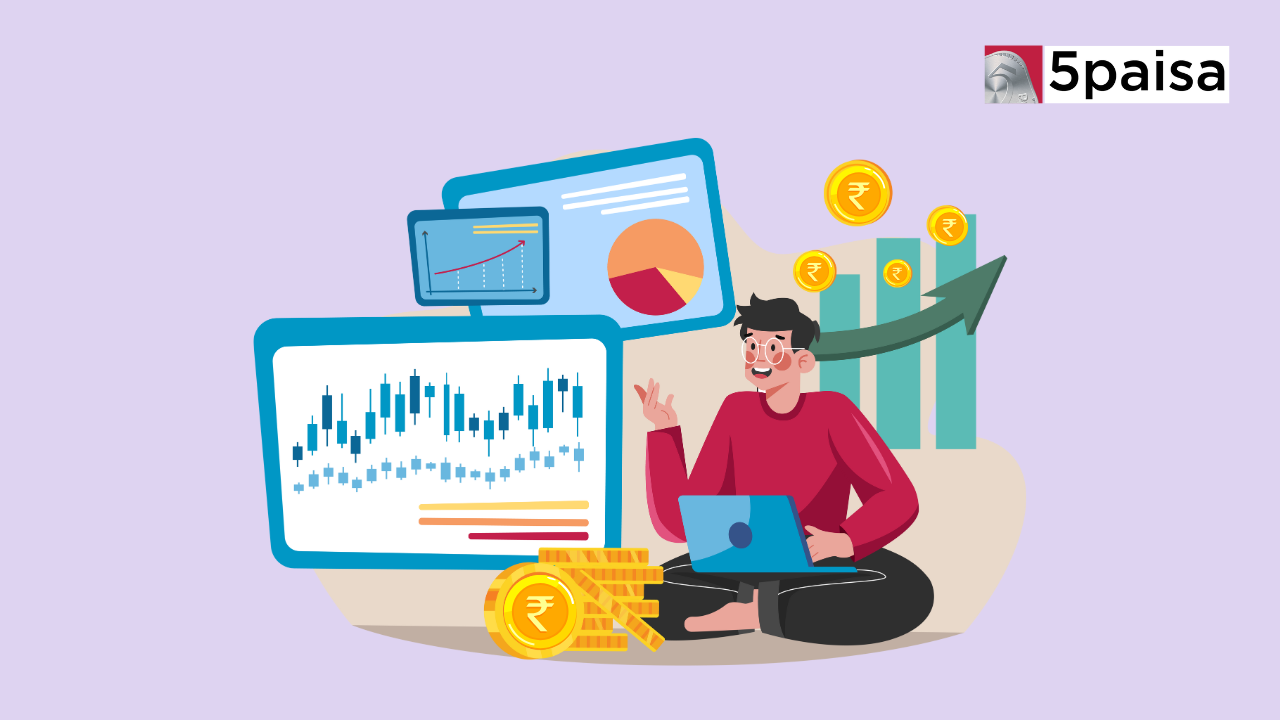Inflation for Feb-22 comes in higher than expected
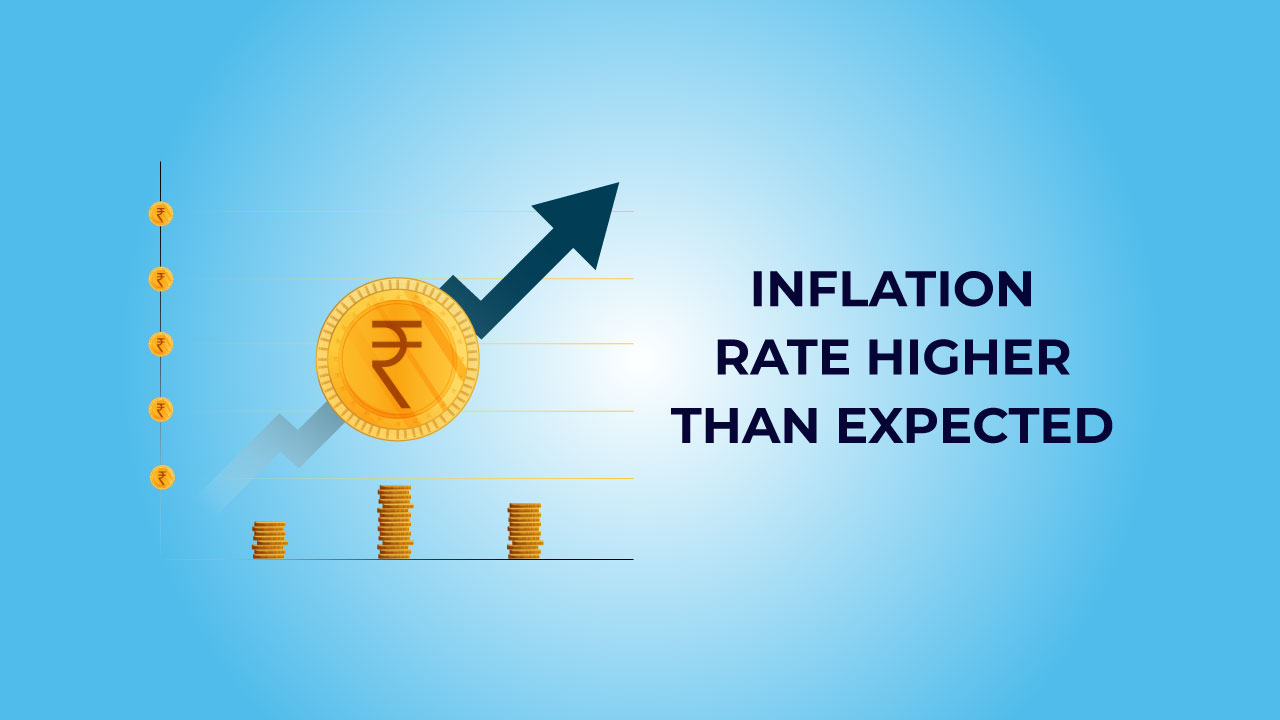
Last Updated: 8th August 2022 - 07:03 pm
It was a day on which both the retail CPI inflation and the wholesale producer inflation came in higher than expected. CPI inflation was expected to fall from 6.01% in Jan-22 to 5.93% this month.
Instead it ended up at 6.07% in Feb-22. WPI inflation was also expected to trend lower from 12.96% in Jan-22 to around 12.33% in the current month. However, even WPI inflation (an input inflation benchmark) came in higher at 13.11%.
Let us focus on the CPI inflation first. The inflation has once again breached the RBI outer comfort inflation level of 6%. Remember, the RBI’s target inflation is 4% and 6% is the outer limit of the corridor. However, high crude oil prices have kept the retail inflation buoyant.
Check - What Does 6.01% Inflation Mean for RBI Policy
Like in the previous months, there has been a surge in rural inflation with the overall rural inflation going up to 6.38% as against a more subdued urban inflation at just about 5.75%.
Most of the items of weight in the inflation basket have seen a spike in February. While the traditional villains like fuel and transport inflation are gradually stabilizing, there is a downstream spike in food inflation this month.
In addition, the inflation in apparel, footwear and even housing is higher compared to previous months. Core inflation around 6% continues to be the real sticky problem for the Indian economy.

Let us now move to the other aspect of wholesale inflation. WPI inflation has been in double digits for 11 months in succession now and is clearly showing signs of supply chain constraints and higher input costs.
The manufacturing inflation has been stable but inflation for packaged foods and fuel continues to rise. Remember, this is largely downstream effect with the government not having raised petrol and diesel prices.
In Feb-22, WPI inflation remained a concern for mineral oils, basic metals, chemicals, chemical products, crude oil, natural gas, food articles and non-food articles. The spike in crude prices has created a huge input effect on the cost structure of companies.
The crude petroleum and natural basket saw inflation of 46% on a YoY basis and that is showing up in the form of higher producer inflation at multiple levels.
To sum it up, what does this mean for RBI monetary policy coming up in April. If the Fed hikes rates in March and follows it up with a hawkish guidance, then RBI may not have much of a choice but to hike rates.
Also, the language of the RBI in the coming policy is likely to reflect greater focus on price control than just on pushing growth. Clearly, the higher inflation has sharply reduced the available options for the RBI and the Indian economy.
Also Read -
- Flat ₹20 Brokerage
- Next-gen Trading
- Advance Charting
- Actionable Ideas
Trending on 5paisa
Indian Stock Market Related Articles
Disclaimer: Investment in securities market are subject to market risks, read all the related documents carefully before investing. For detailed disclaimer please Click here.
 5paisa Research Team
5paisa Research Team
 Sachin Gupta
Sachin Gupta
